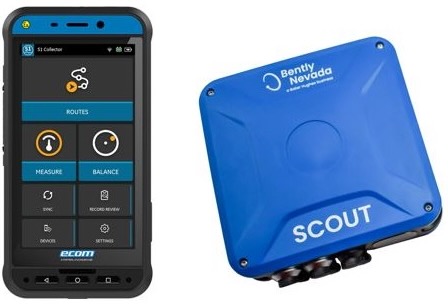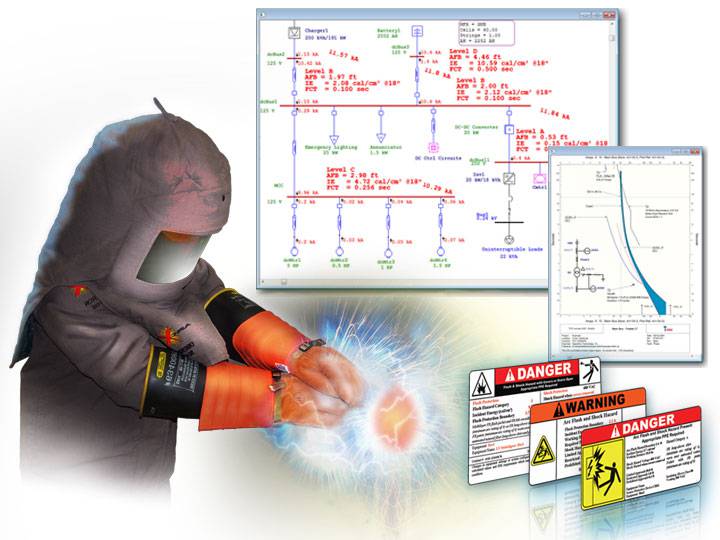
Arc Flash is one of the most serious hazards in electrical systems. During a Short Circuit incident, extremely high fault current can trigger an arc explosion with temperatures reaching up to 35,000°F (≈19,400°C), causing severe burns, permanent injury, or even fatality to operators. Arc Flash Assessment is a critical step in risk assessment, electrical safety guideline design, and ensuring occupational safety.
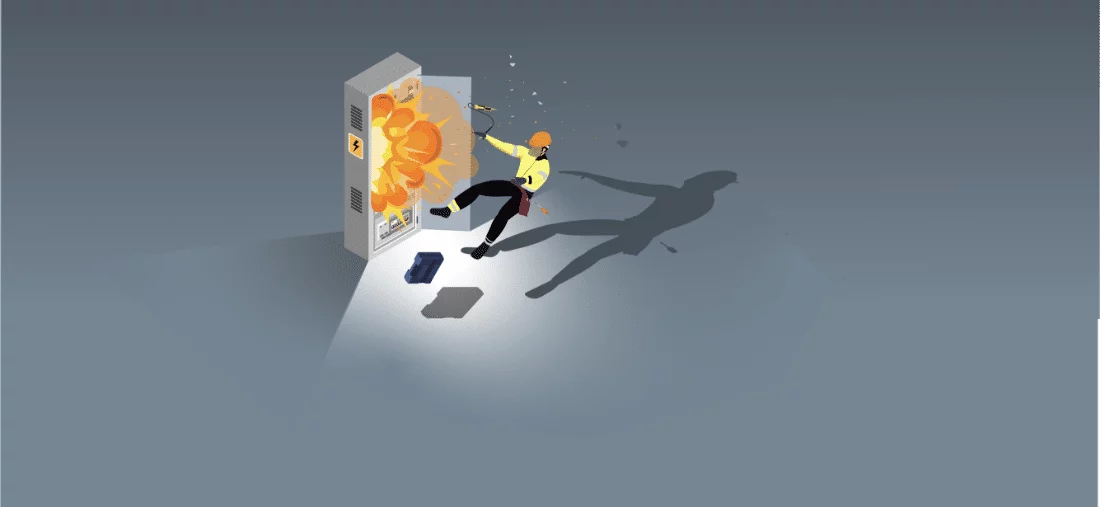
Benefits of Conducting an Arc Flash Analysis
-
Protecting personnel
Minimizes risk of burns, injuries, or fatalities caused by Arc Flash Incidents -
Regulatory compliance
Meets NFPA 70E, 70B, OSHA, and international safety requirements -
Damage mitigation
Limits equipment damage and reduces downtime during fault events
-
Enhanced awarenessProvides clear hazard warnings, defines Arc Flash Boundaries and PPE
-
System optimization
Reduces Arc Flash Energy levels through design improvements and operational tweaks
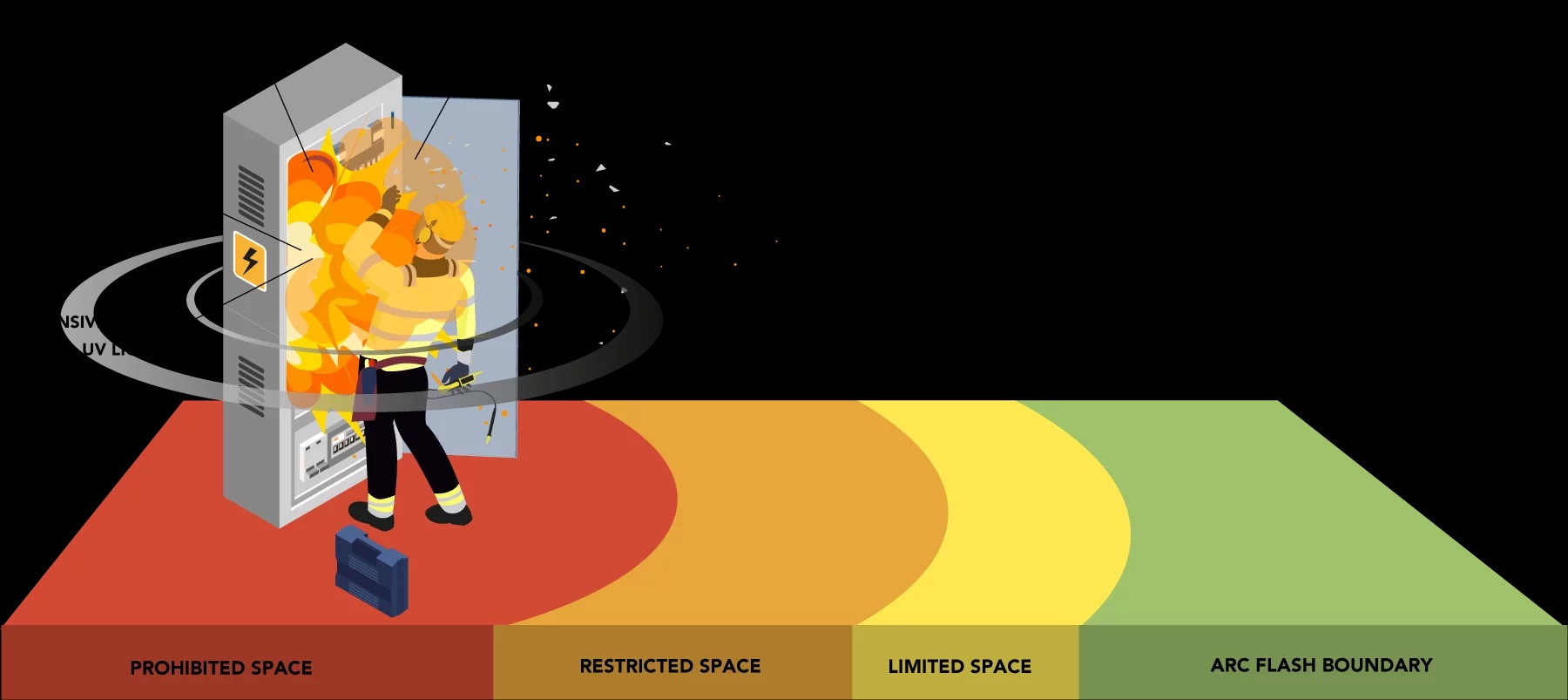
Benefits of Arc Flash Assessments
- Determine Arc Flash Energy at each location
Identify energy levels (cal/cm² or J/cm²) throughout the system to evaluate hazard severity and implement appropriate safety measures for personnel. - Calculate the Arc Flash Boundary
Identifies danger zones around electrical equipment to establish warning signage and restricted access areas. - Select Personal Protective Equipment (PPE)
Recommends appropriate PPE levels for each work zone and hazard category.
-
Minimize Arc Flash Energy
Advises optimal methods for each location to reduce Arc Flash Energy through design and operational improvements. -
Ensure compliance with international safety standards
Generates warning labels and detailed reports in line with NFPA 70E, NFPA 70B,IEEE 1584, and OSHA electrical safety requirements.
Outcomes of Arc Flash Study
- Hazard Identification: Calculates arc flash energy and safe working distance.
- PPE Requirements: Specifies suitable protective gear for safe operations.
- Equipment Labeling: Applies warning labels and PPE info on electrical panels.
- Protection System Optimization: Adjusts relays/breakers to minimize incident risk.
- Regulatory Compliance: Ensures adherence to standards like NFPA 70E, NEC, OSHA, IEEE.
- Consulting & Training: Provide expert advice on the most suitable and effective methods, along with comprehensive staff training on hazard awareness and the proper use of PPE.
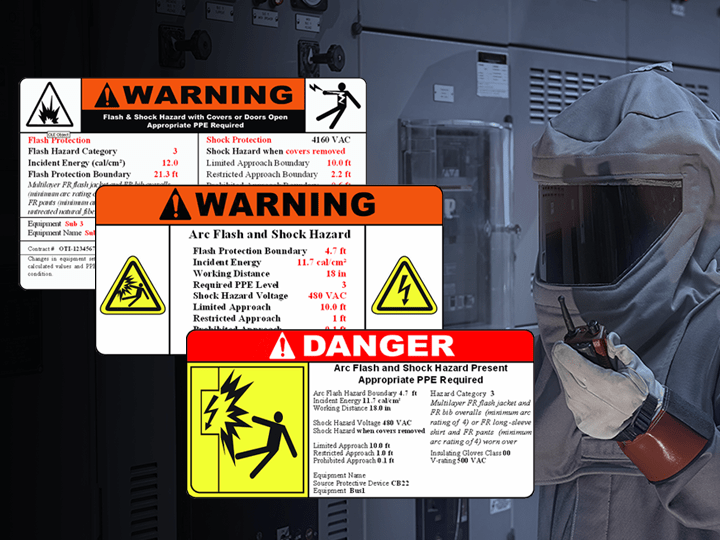
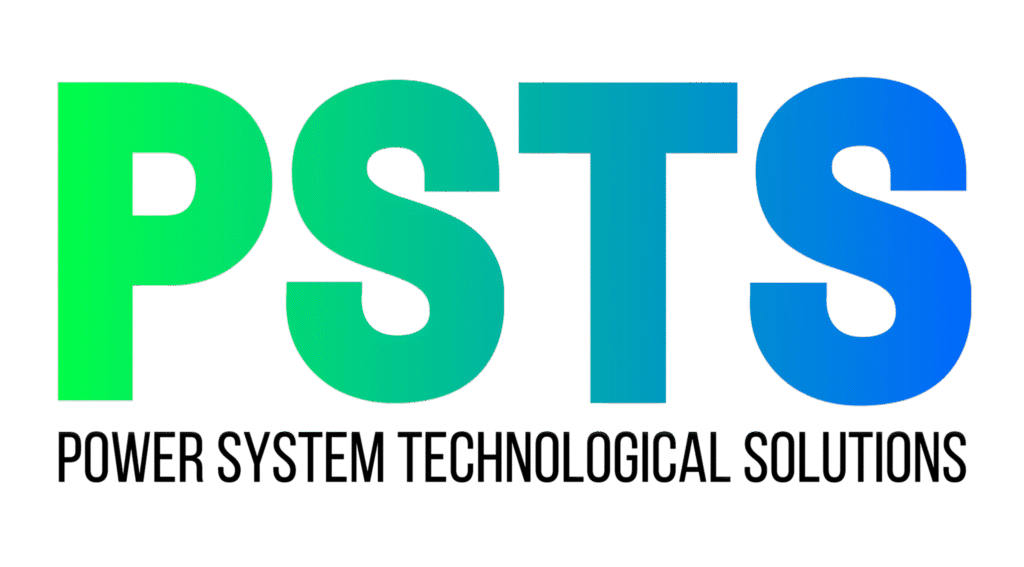

 Tiếng Việt
Tiếng Việt
